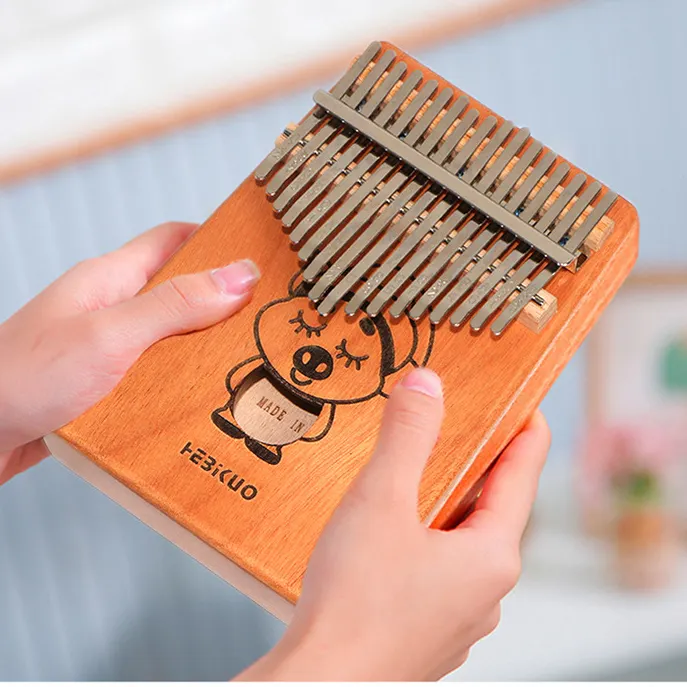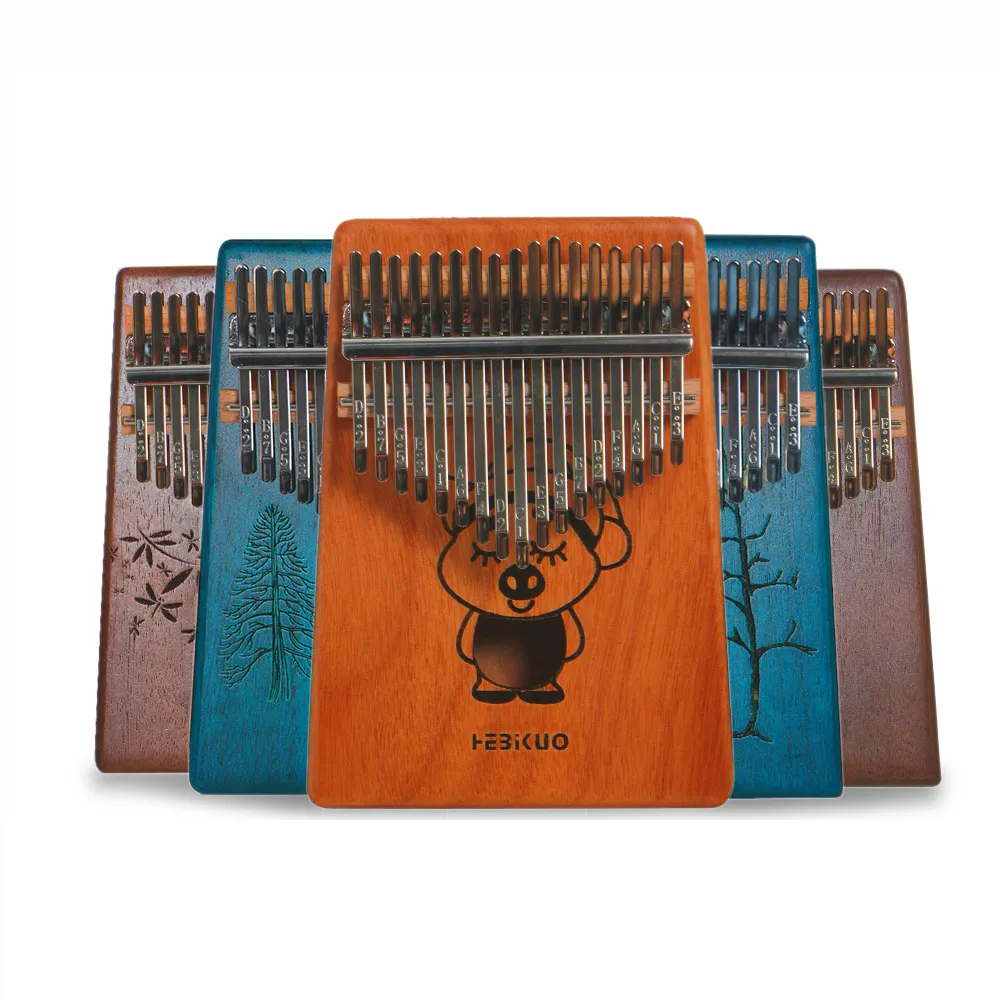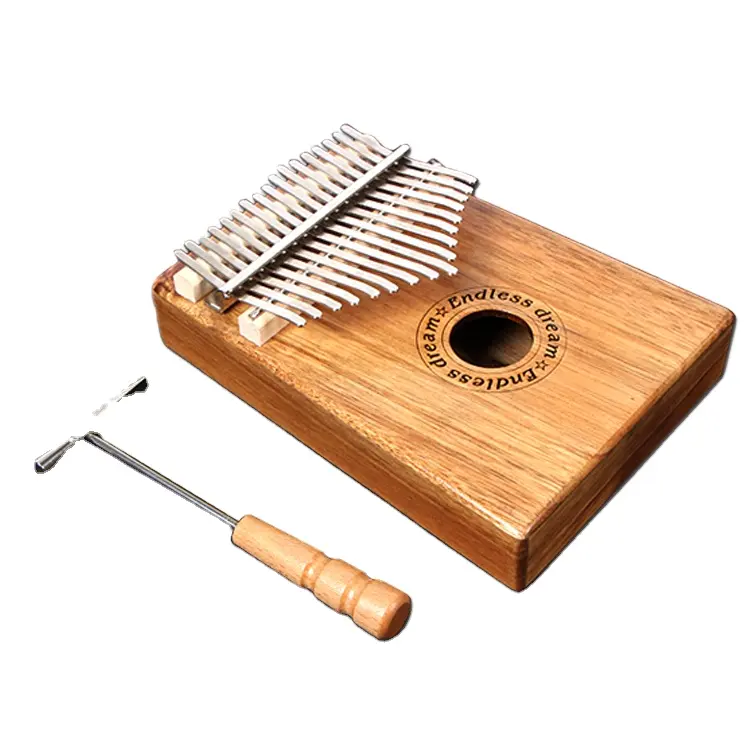Currency


The kalimba, also known as a thumb piano, is a musical instrument with deep roots in African culture. Its origin can be traced back to the mbira, an instrument used by the Shona people of Zimbabwe for over a thousand years. The mbira is traditionally played in spiritual ceremonies, celebrations, and storytelling. While the modern kalimba is a simplified and more portable version, it maintains the soul and essence of its African predecessor.
In the 1950s, Hugh Tracey, a British ethnomusicologist, popularized the kalimba by redesigning it and bringing it to the global stage. He wanted to introduce the beauty of African music to the rest of the world. Today, kalimbas are enjoyed worldwide for their serene and melodic tones, and they are crafted in various designs and sizes to suit different musical needs.
Learn more about this
How many types of Kalimba?
1. Hugh Tracey Kalimba
This is the most well-known type of kalimba, designed by Hugh Tracey in the 1950s. It comes in two common sizes:
Treble Kalimba: Typically with 17 keys, tuned to G major, and has a higher pitch range.
Alto Kalimba: Usually with 15 keys, tuned to C major, and has a deeper, richer sound compared to the treble.
2. Pentatonic Kalimba
This kalimba has fewer notes and is often tuned to a five-note scale (pentatonic scale). This simple scale makes it easy to create harmonious sounds, perfect for beginners or those looking to play improvisational music.
3. Chromatic Kalimba
A more complex kalimba, the chromatic version features two rows of tines, one for the natural notes (like a standard kalimba) and the other for sharps and flats. This type allows the player to play a wider range of music, including more complex melodies and classical pieces.
4. Celeste Kalimba
The Celeste kalimba is a flatboard type, where the tines are mounted directly on a flat piece of wood instead of a hollow box. It produces a different tone—less resonant and more percussive—than a hollow-box kalimba.
5. Electric Kalimba
This type has built-in pickups, allowing the player to amplify the sound through speakers. Some electric kalimbas also feature effects options, such as reverb and delay, for added sound experimentation.
6. Box Kalimba (Hollow-Body Kalimba)
These are the most common types, with a hollow resonating box under the tines. The hollow design amplifies the sound naturally, making the instrument louder and more resonant. This type is ideal for outdoor or group playing.
7. Coconut Kalimba
The coconut kalimba has a body made from a coconut shell. It has a more traditional look and feel, with a distinctive earthy, natural sound. This type is often found in African countries and has a raw, authentic tone.
8. DIY or Custom Kalimba
Many hobbyists enjoy building their own kalimbas from scratch. Custom kalimbas can vary in size, material, and the number of tines, depending on personal preference.
9. Nyunga Nyunga Kalimba
A type of kalimba originating from Zimbabwe, usually with 15 keys and tuned differently from the standard kalimba. It’s associated with the Shona people and plays a significant role in cultural ceremonies.
10. Gourd Kalimba
This kalimba uses a gourd as the resonating chamber. It creates a warmer, softer sound and is traditionally used in African music. The shape of the gourd can influence the tone and volume of the instrument.
11. Sansula
A variation of the kalimba, the sansula has a membrane stretched across the resonating body, giving it a unique and ethereal sound. It’s often used for meditation or relaxation music.
12. Mini Kalimba
These are small kalimbas with fewer keys, often only 8 or 10 tines. They are portable and easy to play, perfect for beginners, children, or those who want a compact instrument for travel.
13. Double Kalimba
This kalimba features two rows of tines facing opposite directions, allowing the player to use both thumbs to play different melodies simultaneously. It offers more flexibility in melody creation and harmonization.
How to play Kalimba?
1. Holding the Kalimba:
Hold the kalimba in both hands with your thumbs free to move.
Rest the instrument on your fingers while using your thumbs to play the tines (keys).
2. Plucking the Keys:
Use your thumbs to gently pluck the tines upward. You can pluck one note at a time or combine them to create harmonies.
Most kalimbas are tuned to a specific scale, typically diatonic, meaning you can easily produce a melodious sound without extensive musical knowledge.
3. Reading the Numbers or Letters:
Many kalimbas come with numbered or lettered tines that correspond to musical notes, making it easy to learn songs. For example, the numbers 1 through 7 might represent a major scale.
4. Tuning the Kalimba:
Some kalimbas come with a small hammer (as seen in the images) that allows you to adjust the pitch of each tine. By lightly tapping the top or bottom of a tine, you can tune it up or down.
5. Playing Songs:
Once you’ve familiarized yourself with the basic notes, you can easily play simple songs by following tablature, which tells you which tines to pluck in order.
Many beginners start by playing folk songs, lullabies, or simple melodies, which are ideal for learning how to move between notes.
6.Experimenting with Rhythms:
After mastering basic melodies, you can start experimenting with rhythms and improvisation. The kalimba’s sound is gentle and soothing, making it perfect for creating relaxing music or ambient soundscapes.
Why the Kalimba is Popular Today
The kalimba’s popularity has grown significantly in recent years due to its ease of use and the calming sound it produces. It’s a versatile instrument that requires no formal training to begin playing, and it can be enjoyed by people of all ages and musical abilities. Its small size makes it portable, allowing you to play it anywhere—from your living room to a quiet park or even while traveling.
Additionally, kalimbas can be customized with unique engravings, such as animals, symbols, or personal designs, adding a personal touch to each instrument. This makes it not only a musical tool but also a cherished personal item or gift.
Whether you’re looking to relax after a long day, explore your creativity, or introduce a child to music, the kalimba offers a gentle, accessible, and deeply satisfying way to connect with sound. With its rich history and simple design, the kalimba continues to inspire musicians and hobbyists alike.
Email cannot be empty
Password cannot be empty
Email format error
Email cannot be empty
Email already exists
6-20 characters(letters plus numbers only)
The password is inconsistent
Email format error
Email cannot be empty
Email does not exist
6-20 characters(letters plus numbers only)
The password is inconsistent